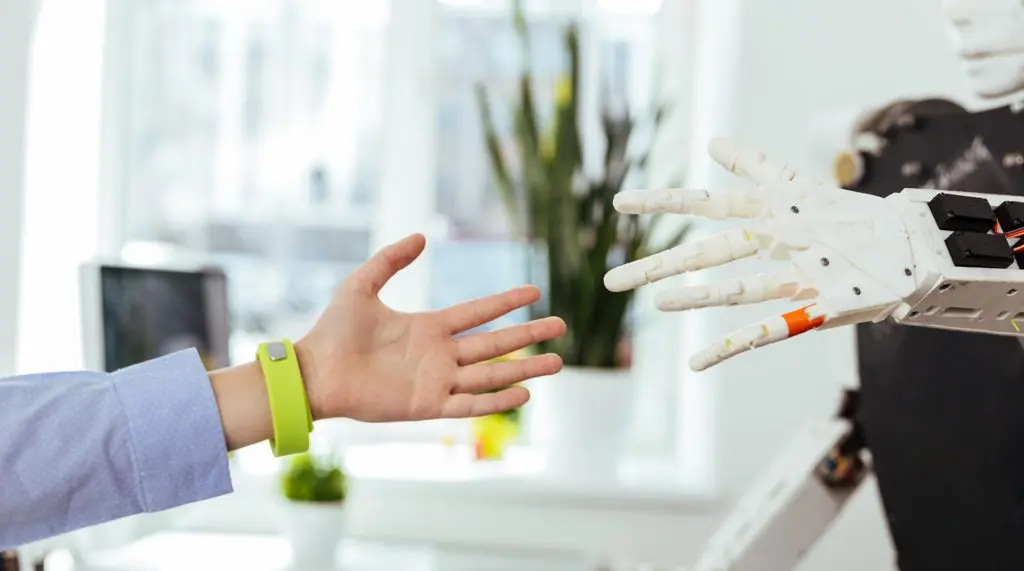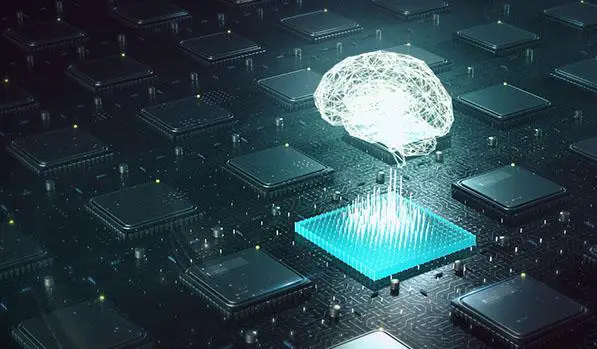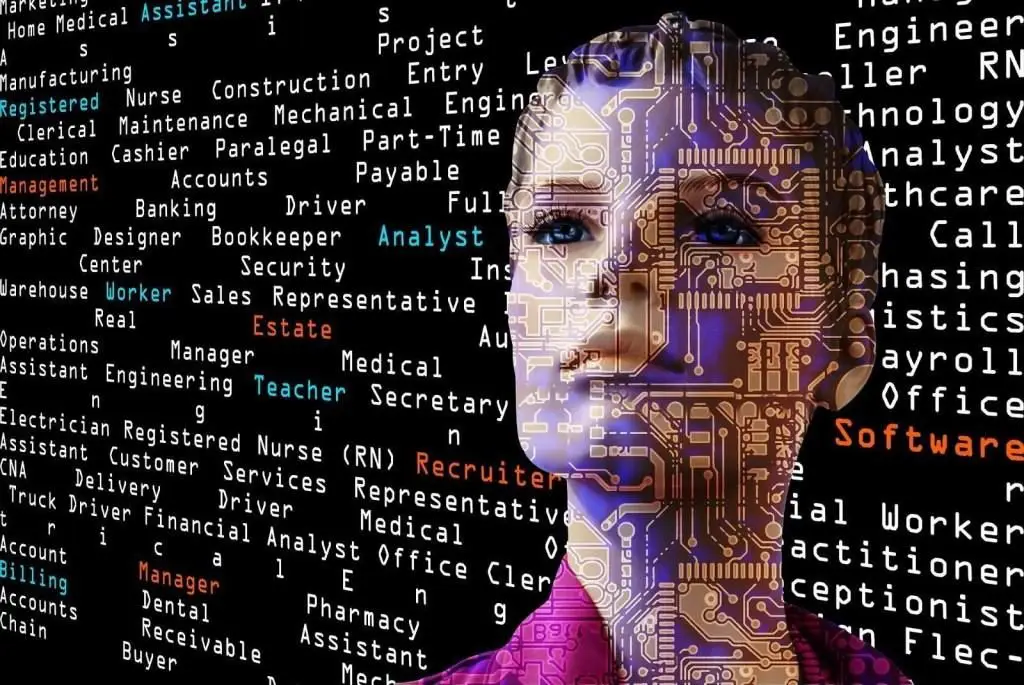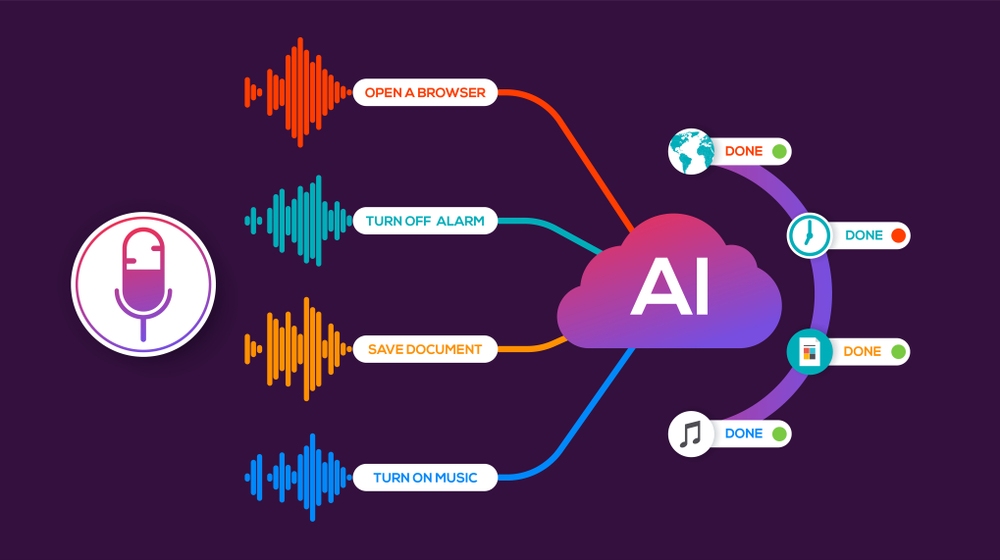This article was contributed by Jessica Ervin.
Artificial Intelligence is one of the dominant technologies in many fields and industries these days, and it is often associated with the future of the world.

Many scientists and intellectuals put their hopes in AI, while there are others who consider that AI is a dangerous technology that can be a major harm to humans in the future. Artificial Intelligence has either been presented as a hope or a threat to humankind in many movies and artworks.
Works of Sci-Fi, opinions of brilliant scientists, and debates of futurists, both terrify us and give us hope. On the one hand, AI has been shown as a technique that can transform the world into a better place to live by making the lives of humans much easier. Yet on the other hand, the view is that AI is a technology that can overrule human beings by making machines too powerful.
However, both the concepts have one point in common, and that is the acceptance of the fact that AI has so much potential.
Is AI an Ally or Enemy of the Design Industry?
However, the current scenario depicts that AI is a controversial topic for debate. The two perspectives that people have about AI are both complete opposites. Researchers and scientists are consistently working on the technology in their attempt to find out how it is going to affect the future of the world. Industries that are largely influenced by the development of Artificial Intelligence include engineering, sports, medical, entertainment, and design industry. With an impact on these many industries, AI has already started to affect our lives.
Nevertheless, this is not something that many people consider horrifying. What horrifies many futurists and especially designers, is the fact that AI is manipulating industries that were originally thought to be incomprehensible for Machine Intelligence. Al has started to show that it cannot only perform tasks at a better speed than humans can but it can also ‘think’ creatively. AI is having a powerful influence on the design industry. Futurists think that AI will become capable of critical thinking and will be performing highly productive and complex jobs in the near future. So will this technology surpass human intelligence?
Let’s explore the two in detail to find out what sort of relationship these two subjects have with each other.
AI and the Design Industry
If we talk about the design industry, we will come to know that it also has two extreme, yet opposing perspectives about the subject. For some, AI is the future of design industry that will allow human designers to design with better facilities. While for others, AI is a threat for designers and it is going to replace human designers. The concepts of Virtual Reality (VR), Mixed Reality (MR), Augmented Reality (AR), and Machine Learning are anticipated to play a significant role in the development of AI for replacing human designers.
In this article, we are attempting to clarify the confusion regarding AI and the future of the design industry and to come up with an unambiguous viewpoint. Let’s explore the factors that are in action and evaluate if the designers are actually at risk.
Invention of Machines vs Invention of AI
Let us begin the discussion with the example of the invention of the machine. When the machines were invented, people thought that machines would replace human employees and jobs will be scarce, leading to an increase in poverty ratio in the world. Indeed, machines have replaced human workers in many industries, yet human beings have not run out of options and machines have also helped humankind in developing a new world and accomplish goals that were not possible to be achieved by humans without machines.
Similar is the case with AI in the design industry. AI is not going to overcome the need for a human designer completely, yet it will make designing much more manageable and allow the designers to achieve higher goals. The effects that AI might have on the design industry can be estimated by having a look at the features that the AI technology has acquired by now.
Features of AI and the Future of Design
Let us have a look at how the features of AI allow machines to design and think. Besides that, let’s evaluate the skills of AI design systems and see where they stand when compared to human designing skills.
Artificial Cognitive Abilities
One aspect that dreads futurists the most is the demonstration of cognitive abilities by AI. AI has been integrated with the abilities that are human-like, and they allow machines to imitate human beings’ ability to think. For instance, AI devices are capable of receiving input in visual, sensual, and auditory formats and they can also store it in their memory for as long as demanded. That is, AI systems can see, hear, and feel everything that happens in their surroundings. Here are a few tasks that AI systems can perform by using their artificial cognitive abilities:
- They can identify different shapes, colors, text codes, design patterns, and other features of the objects that are presented to them.
- Moreover, they can categorize different input data and use a certain piece of data when needed in the future.
- Their memories are even better than human memory, and they can remember the data for longer.
These cognitive abilities function with the help of IoT and the sensors that are attached to the AI systems. These abilities become highly beneficial for AI if it designs a certain website or a product logo. That is because these abilities allow AI systems to check the relevancy of different objects and voices to a certain task and perform with more accuracy.
Ability to Apprehend the Context
Conventionally, machines functioned in a particular sequence and followed steps. They could not judge the context for performing a task, which means that they cannot ‘think’ on their own. They only do what they are directed to do. For instance, a printer is supposed to scan a specific image, note the details of the data, then print it on the paper, and finally release the paper.
The printer does not know if it should change a specific color that does not go with the context, or if a spelling needs to be corrected before printing because the document it printed yesterday and a document that it printed last year had a different spelling for the same word. It can only do what it is told to do. Now this is where AI comes as it helps machines overcome their lack of context understanding.
-
AI Algorithms Power Machines to Make Decisions on Their Own
AI allows machines to apprehend the context by programming it with a complex and intelligent algorithms. It incorporates a vast memory and makes sure the machine utilizes it according to the needs of the task by identifying the context. An AI-based web designing application is an excellent example of how AI makes a machine capable of making decisions based on the context. An AI-based web designing system can design a layout for a website based on the information provided. It can categorize the website into a specific category and choose the suitable color combination, background, font style, and the overall layout of the site.
Identification of Personalized Content
AI can power a machine with the ability to identify any content that is presented to it and respond suitably to it. Take the example of free online logo design maker tools. An online logo maker takes the information from the user and shows related templates for logo designs. They can show different template images to different users by identifying the content that they provide. Similarly, social sites are based on an algorithm that can identify the interests and likes of a particular user and present them with related content and ads.
-
How identification of Personalized Content is Influencing the User-Experience
This makes the user’s experience much better and adds a lot of value to it. Imagine if the social media sites could not know what we wanted to see and threw every type of information on the internet on our newsfeeds. The whole experience of social media would have felt like a terrible waste of time where we would have hardly found anything interesting. Social media users find the sites interesting because their newsfeeds are filled with only those posts and statuses that they are interesting for a particular user. Moreover, this particular attribute improves the digital marketing results largely as the audience are always presented with only those ads that are relevant for them.
Structure Identification
AI-based systems are capable of identifying structures of different objects. This feature of AI systems is what is used in the machines that recognize thumb impressions and facial features of different people. So a huge technological development has stemmed from structure identification that makes machines capable of recognizing structures, memorizing them, and detect them whenever they are presented.
AI systems are highly efficient in this regard, and they can easily detect the tiniest difference in the structure of an object or image. They register every object or image into a certain category, and this classification let AI perform many complex tasks including designing in less time. However, this technology needs some improvement as sometimes they can make minor mistakes in recognition that can lead to a huge problem.
-
Recognition and Categorization of Input and the Future of Design
If we talk about the future of design in this feature’s regard, we will come to realize that this can evolve designing entirely. AI designing systems are capable of judging what type of layout or design will be liked by a certain user-group and what type of design will not attract the majority users of a product or site. Moreover, this feature will allow the websites to redesign itself when it detects a shift in the interests and likings of the users.
This attribute is a bit similar to the critical thinking and research that the designers do before designing and AI has become capable of doing.
Voice Recognition and Voice Search Optimization in AI
Almost all of us know who Siri is, right? Our familiarity with the mentioned AI assistant shows how fast the digital world is adopting the voice search optimization feature of AI. AI systems are capable of learning, understanding, and responding to many different languages, and it makes the technology significant for all cultures and countries. The shift of desktop computers to smartphones and laptops is also having a positive impact on the popularity of voice recognition and voice engine optimization feature.
-
Voice Search Optimization can Revolutionize Designer’s Jobs
Voice search optimization and voice recognition are the features that can boost up the usability of AI systems significantly, making it much easier for the designers to work with an AI design system. This feature will put a lot of burden off the designers’ shoulders. They will be free from the need to keep clicking and moving the cursor here and there in order to design.
Many futurists think that voice search optimization is going to be the most used input format in the future as it adds a lot of value to the whole experience of using a smart machine for design, and in general. That is because if the users become capable of commanding machines just by using their voices, performing different jobs will become too easy and our reliance over machines will grow further. The little effort that we put in while using a smart machine by pressing buttons, typing, or clicking will no longer be needed. One of the most significant benefits of this feature would be that much time would be saved. Moreover, the technology will make it possible for a lot of disabled users to use AI systems with ease.
-
Need for Development
However, both of these features of AI systems need improvement, as they are not developed enough to overrule typing and clicking. The main problem with these features is that AI only recognizes clear voices and it can be difficult for an AI system to process noises and to recognize sounds that are not clear enough. However, these features have improved a lot in the past few years and they are still improving further.
Conclusion
All of the above features of AI clarify one point, and that is, AI is going to transform the design industry, but the features do not seem to be endorsing the assumption that these technological advancements will replace human designers. Even if these machines start to work on their own without needing any human assistance, they will still lack one thing, and that is the goal. There has to be a human being to order a machine to design something and then approve or disapprove the design later. And that human beings must understand designing.
Machines are incapable of competing with humans because even though they can function more efficiently than humans at some projects can, they cannot have any personal desires or aims. A designer has to be there to make an AI-based system know what type of design is suitable and what is not because after all, a machine will always be working for fulfilling humankind’s aims and not their own.
—
Guest writer: Jessica Ervin is a professional UI UX designer & passionate tech blogger. You can follow her on twitter@ jessikaervin









